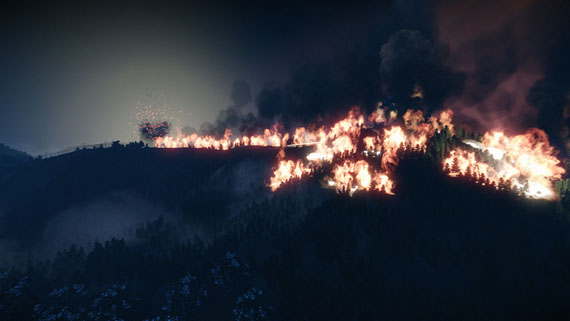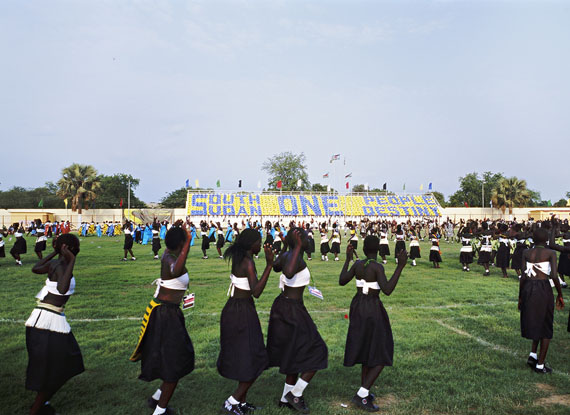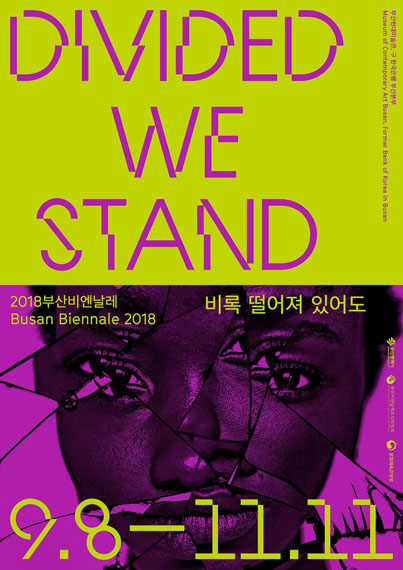
Busan Biennale 2018
Divided We Stand - 125 artworks of 66 artists (team) from 34 countries
Ferhat Özgür » Bani Abidi » Chantal Akerman » Khaled Barakeh » Yael Bartana » Sunah Choi » LIU Ding » Smadar Dreyfus » Ramin Haerizadeh » Rokni Haerizadeh » CHIA-WEI HSU » Joana Hadjithomas & Khalil Joreige » Amar Kanwar » Kiluanji Kia Henda » Hayoun Kwon » Oliver Laric » Minouk Lim » Marko Lulic » Mauricio Dias & Walter Riedweg » Metahaven » Marcel Odenbach » Melik Ohanian » ZHANG Peili » Adrian Piper » Bruno Serralongue » Hito Steyerl » Jan Svenungsson » Javier Téllez » Yuichiro Tamura » Nomeda & Gediminas Urbonas » Ulrich Wüst » & others
Festival: 8 Sep – 11 Nov 2018
Busan Museum of Art
38, Busan Asiad Main Stadium
Busan
+82-51-7471178
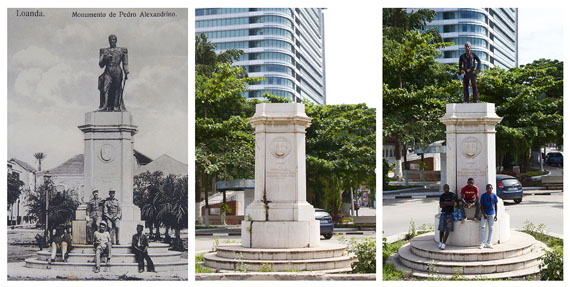
This year the Busan Biennale made many changes. The biggest challenges for us were having the international open call for artistic director and moving the main exhibition venue to a new location.
We are so grateful to have found our artistic director Cristina Ricupero and curator Jörg Heiser through the call. Ricupero and Heiser have strongly advocated that the Biennale should be an open platform where we are producing real discourse through discussion and debate by directly exposing
the problems we face today. The theme of this year’s Biennale, ‘Divided We Stand’, epitomizes this spirit. Taking inspiration from literature, the title is a play on the famous line from The Lion and the Four Bulls of Aesop’s Fables: “United we stand, divided we fall.” This sounds very familiar to Korean ears as it was a slogan repeated by Syngman Rhee, the first President of South Korea, at a press conference on his return to South Korea in 1945. However, long before then on 16 September 1597, the naval commander Yi Sunsin from the former Joseon dynasty said “United we live, dispersed we die” in front of soldiers ahead of the Battle of Myeongnyang. In 1768 The Liberty Song written by John Dickinson in the Boston Gazette had a similar expression. As seen in the examples, community leaders—regardless of when in history and where on the globe—always emphasized unity, solidarity, and alliance in the face of extreme crises such as war.
The first significant meaning of ‘Divided We Stand’ is an attempt to subvert the political slogan of ‘unity’ that was created and encouraged for the survival of communities, such as nation states. The world suffered from divisions, separations, partitions, and segmentations during the 20th century. The carving up of territory perpetrated during the colonial period either expelled the original residents or subjugated them to the class that followed the ideology of domination. The Cold War that began after World War II also contributed to the onset of the Korean War and the division of the Korean Peninsula. This physical division and separation not only affected those in the past, but also passes on incurable psychological scars to the next generation. What Ricupero and Heiser wanted to focus on through the Biennale was ‘traumas’ as a tragic legacy, which are not just a matter that pertains to a particular region or country, but a problem that the whole world experiences. Rather than viewing the time and space since the Cold War finished as ‘post-Cold War’, the Biennale examines a ‘return to the Cold War’.�
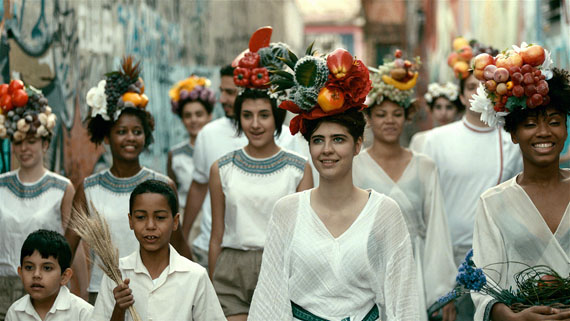
The monster of the Cold War—which contrived to divide, partition, and separate—has not disappeared and is threatening our lives by building strength under the banner of globalization and neoliberalism. Many of the artworks presented at the festival express deep thoughts and concerns about this problem as well as offering resistance. That is what makes this Biennale probably the most serious and painful that we have ever hosted. Through a new ‘psychological mapping of divided territories’ drawn by participating artists we will be able to better navigate the true nature of the obstacles. In that sense, ‘Divided We Stand’ expresses its willingness to lift the veil of silence and overcome the exclusion that the obstacles have created.
In that spirit, the Biennale, which has been held around where the Busan Museum of Art is in East Busan since 2000, has moved across town. This year the Museum of Contemporary Art Busan (MoCA Busan), which was designed to host the Biennale, opened on Eulsukdo Island on the western side of the City. With the opening of the museum, the Island—also known as a habitat for migratory birds—has a lot of potential to grow into a real cultural and artistic hub for West Busan. This year’s Biennale is expected to put new life into West Busan’s culture scene, which has lacked cultural infrastructure compared to East Busan, and contribute to the balanced development of the whole of Busan, the international maritime city.
We also remember that the first Busan Young Artists’ Biennale was held in 1981 across several galleries in Busan’s old town. Therefore, the Biennale selected the former Bank of Korea headquarter building as the venue to concentrate on urban regeneration and inform audiences about Busan’s history and culture. Just like the previous two Biennales in 2014 and 2016 transformed a factory site to a cultural venue by using F1963 in Suyeoung district as an exhibition space, this year’s Biennale will make the old town an exhibition venue. This place, which holds memories of modern and contemporary South Korean history, shows that the theme and vision of the exhibition are a message of peace and a proposal for conversations from Busan.
Lastly, I am sincerely grateful for all the efforts of our artistic director Cristina Ricupero and curator Jörg Heiser, the four advisors, the guest curator, and all the staff who devoted their time and more importantly their hearts to the Biennale. And of course, the Biennale would not have been possible without the participating artists and their great artworks. I truly appreciate every one of the participating artists and hope you will always remember Busan Biennale 2018. Last but by no means least, I would like to thank Busan Metropolitan City and all of those who have supported us and collaborated with us to make this event possible.�
